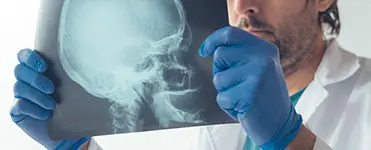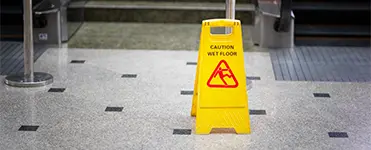San Francisco, California – On October 2, 2023, a robotaxi accident in San Francisco could lead to a substantial fine for GM Cruise, adding to its recent license suspension in California.
Documents filed by the California Public Utilities Commission suggest that GM Cruise could face a fine of around $1.5 million. The accusation revolves around suspicions that the robotaxi service misled regulators about the events following the collision of one of its autonomous vehicles with a pedestrian already impacted by another human-driven vehicle.
The notice demands that Cruise appear at a probative hearing on February 6 to determine whether the robotaxi service concealed relevant information from regulators. The focus will be on clarifying the events after the accident and whether there were misunderstandings on Cruise’s part.
This hearing comes just six months after the Commission authorized Cruise to start charging passengers for 24-hour trips in San Francisco. This happened despite city officials’ objections, who warned about malfunctions in the autonomous vehicles.
Three weeks after the October incident, the California Department of Motor Vehicles effectively suspended the robotaxi service’s operating license. This suspension was a significant blow to Cruise and its corporate parent, GM, which had projected substantial revenue by 2025 with the expansion of the service beyond San Francisco.
After losing nearly $6 billion since late 2019, Cruise has taken significant steps to address the consequences of the accident. The recent resignation of CEO and co-founder Kyle Vogt marked a significant shift in leadership. GM CEO Mary Barra addressed the need for transparency and a closer relationship with regulators.
While the potential fine was not directly addressed, Mary Barra highlighted the restructuring of Cruise’s management team. This included a reorganization of government relations and legal teams as a clear sign of progress. Barra emphasized the importance of addressing the situation and working toward a more effective implementation of the technology.
The most serious questions about the incident focus on how Cruise handled a video showing the robotaxi “Panini” dragging the pedestrian before coming to a stop. The Public Utilities Commission alleges that Cruise tried to conceal the robotaxi’s reaction to the accident for over two weeks, exposing itself to potential daily fines.
The outcome of the probative hearing in February will determine the future course for GM Cruise in California. The company, along with its parent GM, seeks to rectify the situation and demonstrate that robotaxi technology can contribute to safer mobility. Transparency and collaboration with regulators are presented as key elements to regain trust and move forward in this challenging scenario.




















